Xonar Phoebus Sound Card Technical Details
The Republic of Gamers Modus Operandi is to always provide the ultimate PC hardware. At first it was via motherboards like the Rampage and Maximus series, later graphics cards like the Matrix, MARS & ARES, and now the Xonar team has submitted sound cards into the mix, with its Xonar Phoebus. In case you're unfamiliar with Xonar, here's some background into its team ethos: "In 1490, Leonardo Da Vinci created the first SONAR system. This revolution in science was embraced in 2007 with the ASUS XONAR. Inspired by Da Vinci’s constant pursuit of innovation and excellence, the Xonar was developed with the same mindset: to portray what people deserve to hear – pure, unadulterated Hi-Fi audio that brings out the beauty of music and entertainment through your favorite speakers or headphones. At ASUS the Xonar team aspires to bring to you the real essence of sound."
The Xonar Phoebus is a two-part bundle: the sound card and control box. At the high level the sound card sports the latest version of the Oxygen HD sound codec on PCI-Express, and combined with the rest of the carefully selected audio hardware detailed below it generates up at 118dB SNR. Another nod to gamers is the 600 ohm headphone amplifier for serious sound boosting, which, in combination with the ROG Command technology - the ROG brand name combination for Environmental Noise Cancellation (ENC) and software within the Xonar Audio Center - lets gamers hear and be heard clearly even in a loud environment, like a LAN event for example. On the software front there is the optional Dolby Home Theater V4 and GX3.0 game engine for those that require it.
The Control Box
 This is your desktop companion. Put it next to your mouse or keyboard and use the central twist knob to turn the volume up and down, or press down to mute. In the end there are two 3.5mm jacks for microphone and headphones that basically extend the rear jacks on your case to your desktop for convenience. The Xonar team have incorporated these here rather than added a standard front-panel connector on the sound card for two reasons. First, the quality of internal case cabling is generally much lower or inadequately shielded, meaning sound quality is compromised. The cabling from the Control Box to the Phoebus Sound Card has extra shielding to eliminate any potential cross-talk. The second reason is the ENC feature within the actual control box. In the closeup below you can see two holes in the red strip: they are an array microphone. These microphones themselves can act two-fold, depending on whether you're using headphones or a headset with its own microphone. [gallery include="" size="large" link="file" template="file-gallery" columns="2"] If you're using headphones only, then the Control Box adds the microphone function to your games or software - useful if you've attended a LAN and forgotten your headset, or, you simply have a favored set of pro-audio headphones that don't come with the option of a mic. However, if you're using a headset like the ROG Vulcan ANC then the Control Box microphones switch to ENC mode and compare what is being received via the headset microphone with what they pickup from the surrounding environment. It then eliminates the background noise, leaving only your voice to be transmitted.
This is your desktop companion. Put it next to your mouse or keyboard and use the central twist knob to turn the volume up and down, or press down to mute. In the end there are two 3.5mm jacks for microphone and headphones that basically extend the rear jacks on your case to your desktop for convenience. The Xonar team have incorporated these here rather than added a standard front-panel connector on the sound card for two reasons. First, the quality of internal case cabling is generally much lower or inadequately shielded, meaning sound quality is compromised. The cabling from the Control Box to the Phoebus Sound Card has extra shielding to eliminate any potential cross-talk. The second reason is the ENC feature within the actual control box. In the closeup below you can see two holes in the red strip: they are an array microphone. These microphones themselves can act two-fold, depending on whether you're using headphones or a headset with its own microphone. [gallery include="" size="large" link="file" template="file-gallery" columns="2"] If you're using headphones only, then the Control Box adds the microphone function to your games or software - useful if you've attended a LAN and forgotten your headset, or, you simply have a favored set of pro-audio headphones that don't come with the option of a mic. However, if you're using a headset like the ROG Vulcan ANC then the Control Box microphones switch to ENC mode and compare what is being received via the headset microphone with what they pickup from the surrounding environment. It then eliminates the background noise, leaving only your voice to be transmitted.  The Control Box connected up to the Xonar Phoebus:
The Control Box connected up to the Xonar Phoebus:  The Xonar Phoebus rear I/O connectors are gold plated for anti-corrosion and electrical conductivity benefits. From left to right the connectors are: microphone in, headphone out, Control Box link (in black), line in, front, center/sub, rear and S/PDIF or side.
The Xonar Phoebus rear I/O connectors are gold plated for anti-corrosion and electrical conductivity benefits. From left to right the connectors are: microphone in, headphone out, Control Box link (in black), line in, front, center/sub, rear and S/PDIF or side. 
The hardware behind the Xonar Phoebus
 Above is a general breakdown of the features on the Xonar Phoebus. The 12V power is sourced from PCI-Express as these connectors are generally only one or two connectors per cable and it provides cleaner power with less cross-talk than from the PCI-Express x1. It also provides more power, which is required for the TPA6120A2 headphone amplifier that drives up to 600 ohms of impedance. You did say you liked it loud, right? The Burr-Brown PCM1796 DACs offer a dynamic range of 118dB, THD+N of 0.0004% and it has a 8x oversampling digital filter that supports great jitter tolerance, excellent signal quality and dynamic performance than competing DACs. Meanwhile, the whole multi-channel and headphone amplification areas are separated by a fat metal bar, then the whole thing is topped off with the metal cover to provide complete local EMI insulation. This is only part of the effort dubbed 'Hyper Grounding' by the Xonar team though, as additionally the PCB layers are arranged to keep the analogue signal processing as far away from the electrical noise of graphics cards and CPUs as possible, and there are two grounding layers between them and the digital processing, as shown below:
Above is a general breakdown of the features on the Xonar Phoebus. The 12V power is sourced from PCI-Express as these connectors are generally only one or two connectors per cable and it provides cleaner power with less cross-talk than from the PCI-Express x1. It also provides more power, which is required for the TPA6120A2 headphone amplifier that drives up to 600 ohms of impedance. You did say you liked it loud, right? The Burr-Brown PCM1796 DACs offer a dynamic range of 118dB, THD+N of 0.0004% and it has a 8x oversampling digital filter that supports great jitter tolerance, excellent signal quality and dynamic performance than competing DACs. Meanwhile, the whole multi-channel and headphone amplification areas are separated by a fat metal bar, then the whole thing is topped off with the metal cover to provide complete local EMI insulation. This is only part of the effort dubbed 'Hyper Grounding' by the Xonar team though, as additionally the PCB layers are arranged to keep the analogue signal processing as far away from the electrical noise of graphics cards and CPUs as possible, and there are two grounding layers between them and the digital processing, as shown below:  Finally here are some close-ups of each of the areas. Below shows the gold plated connectors (except the Control Box signal connector that carries no audio) that are used on the rear I/O. The Xonar Phoebus supports full 7.1 surround sound as the bottom 3.5mm jack doubles up as S/PDIF out.
Finally here are some close-ups of each of the areas. Below shows the gold plated connectors (except the Control Box signal connector that carries no audio) that are used on the rear I/O. The Xonar Phoebus supports full 7.1 surround sound as the bottom 3.5mm jack doubles up as S/PDIF out. 
 [gallery include="" size="medium" link="file" template="file-gallery"]
[gallery include="" size="medium" link="file" template="file-gallery"]
Author
Popular Posts
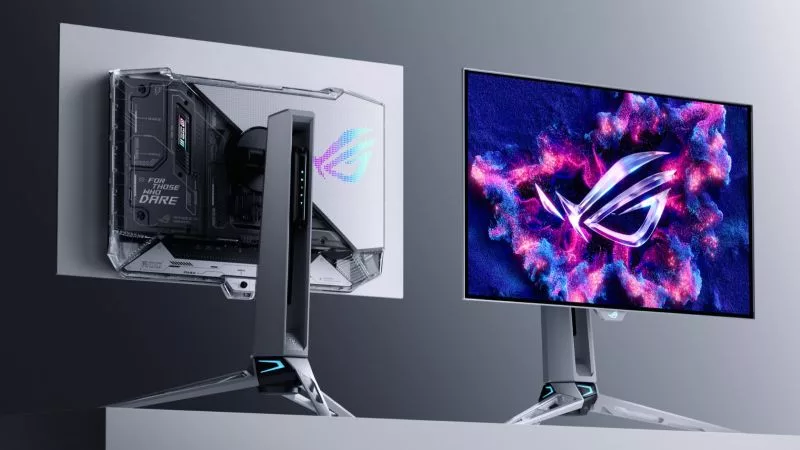
Prepare for Tandem OLED splendor with these new ROG gaming monitors
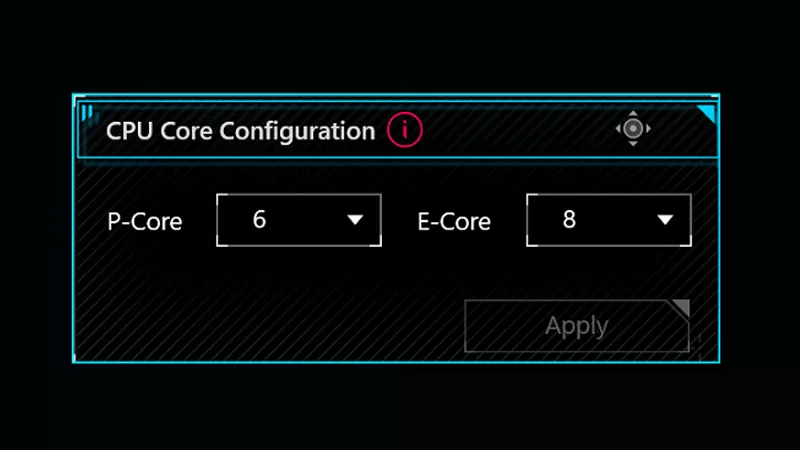
How to adjust your laptop's P-Cores and E-Cores for better performance and battery life

How to Cleanly Uninstall and Reinstall Armoury Crate
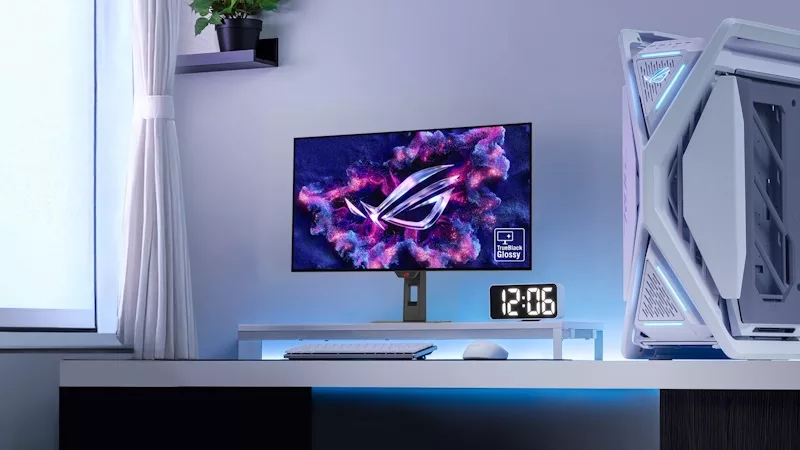
32-inch glossy WOLED panels debut in the ROG Strix OLED XG32UCWMG and XG32UCWG gaming monitors
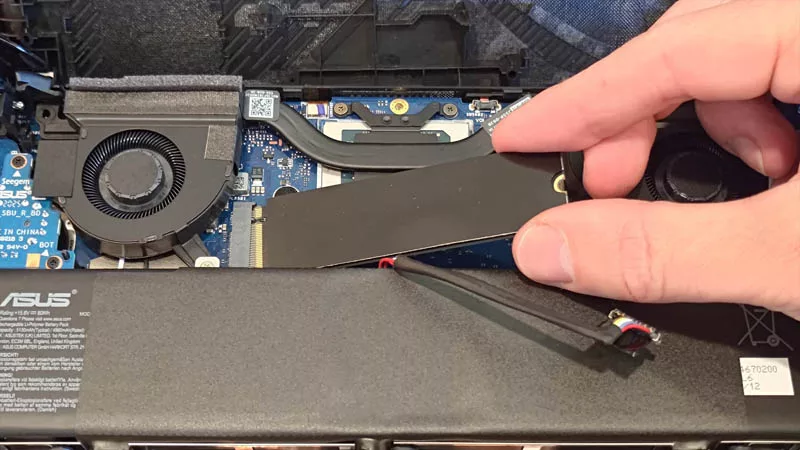
How to upgrade the SSD and reinstall Windows on your ROG Ally, ROG Xbox Ally, or ROG Xbox Ally X
LATEST ARTICLES
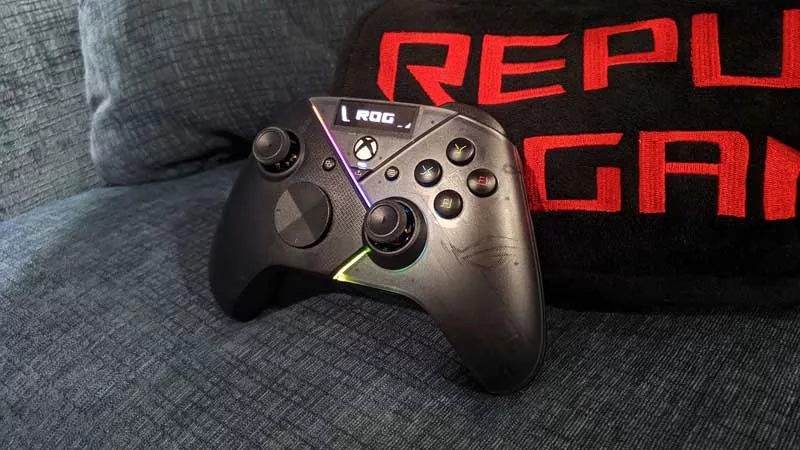
Hands-on: The ROG Raikiri Pro took my couch gaming to the next level
I've been a diehard PC gamer all my life, but I often play on the couch. The ROG Raikiri Pro has improved my living room PC gaming immeasurably thanks to a few useful features and loads of customizability.
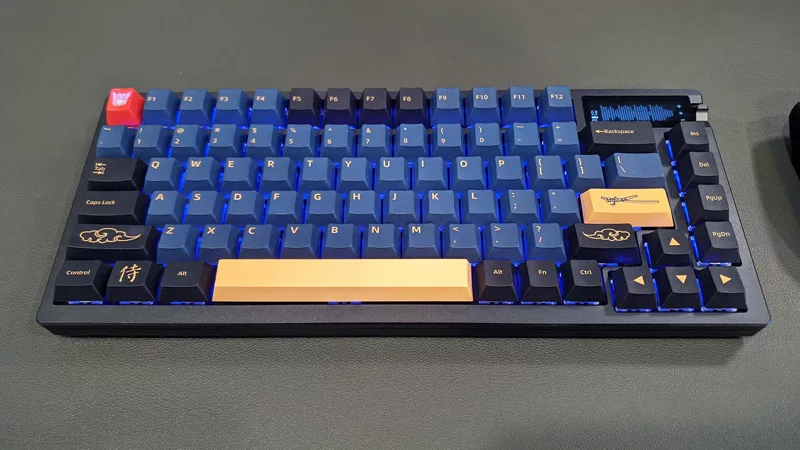
Hands-on: The ROG Azoth became the canvas for the keyboard of my dreams
Ever since I bought my first mechanical keyboard, I’ve been on a mission to mod and upgrade, mod and upgrade. But I think the ROG Azoth may actually be my endgame.
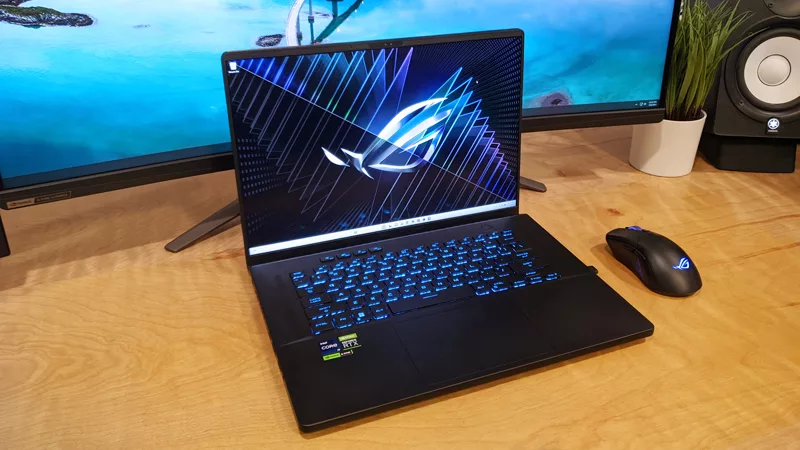
The Zephyrus M16 blends outstanding HDR gaming performance with undeniable luxury
The new ROG Zephyrus M16, with its Nebula HDR display, is like bringing a high-end home theater gaming setup with you wherever you go.

Radeon graphics and a stellar new display reinvigorate 2022 ROG Zephyrus G14
For a long time, I had to choose between underpowered ultraportable laptop and large laptops capable of gaming. But the ROG Zephyrus G14 puts admirable gaming chops into an ultra portable machine that travels anywhere.
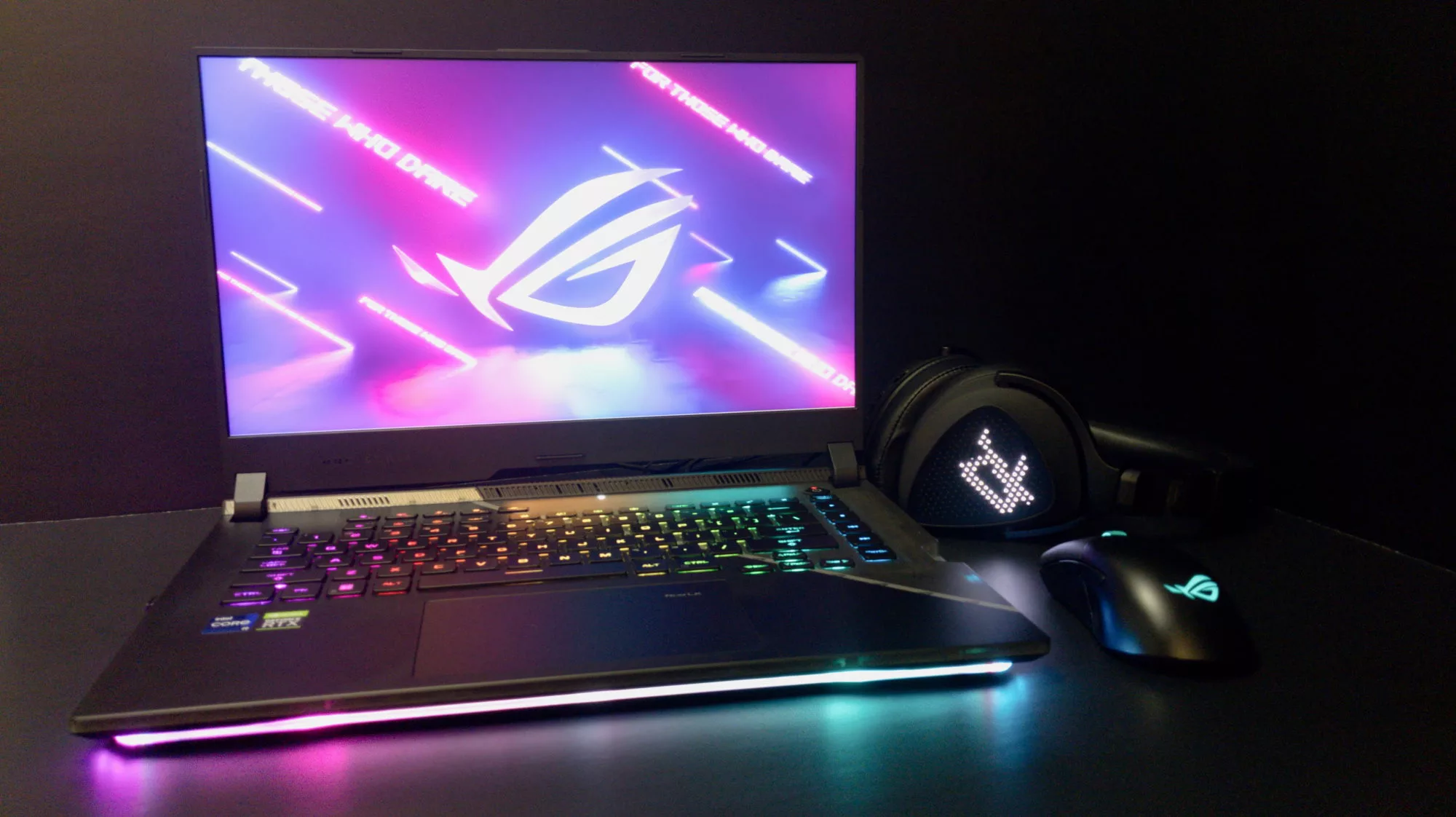
Ready to rumble out of the box: Hands-on with the ROG Strix SCAR 15
Living on the move or in a smaller space isn't a roadblock to high-end gaming. The ROG Strix SCAR makes portable powerful.
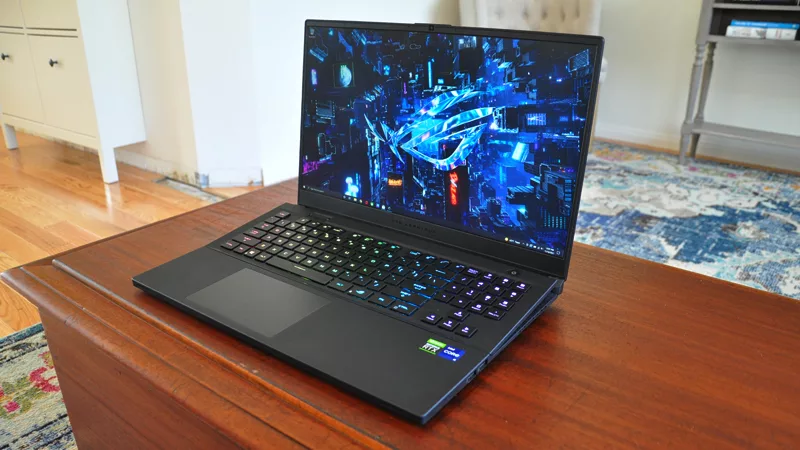
The ROG Zephyrus S17 is an outstanding mixture of power and portability
The S17 has it all: top-tier hardware in a slim package with all the bells and whistles.
